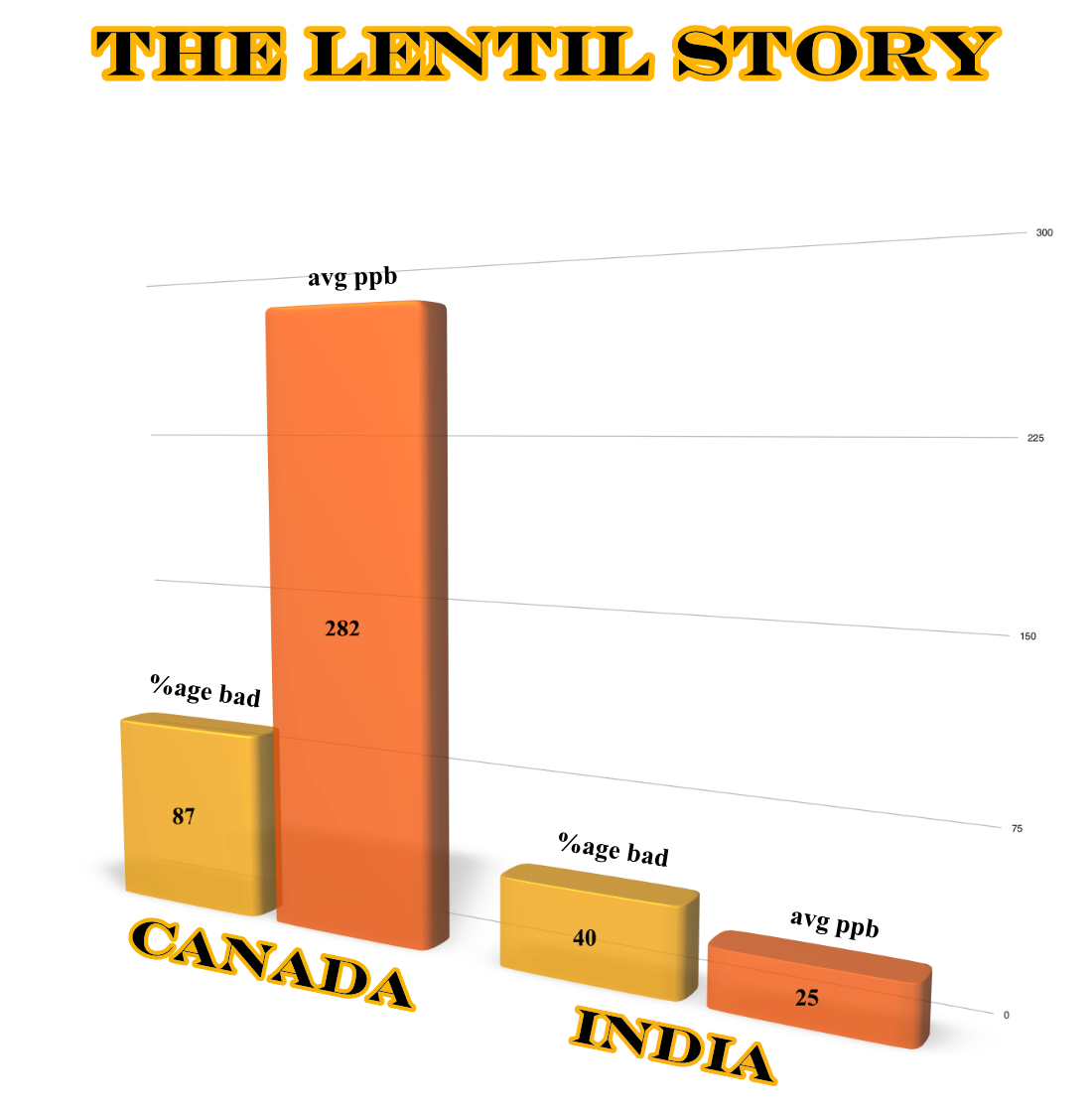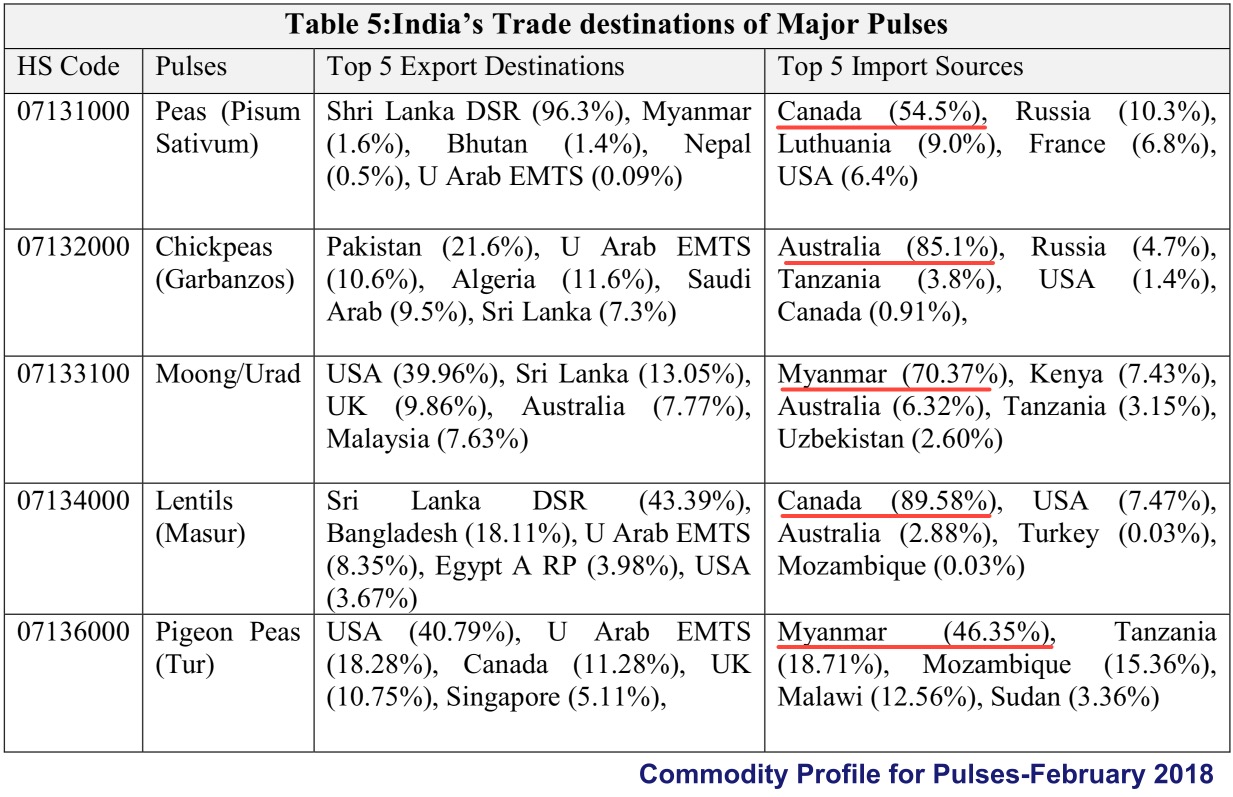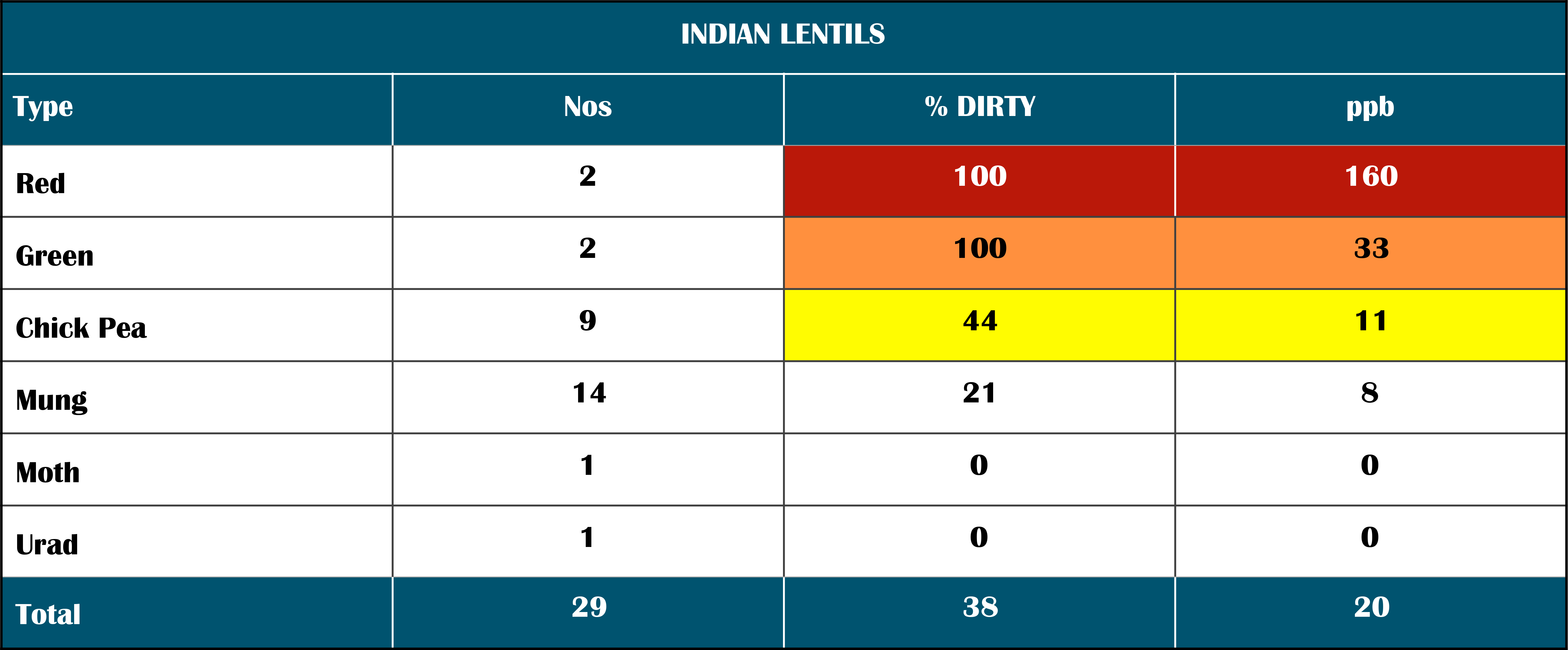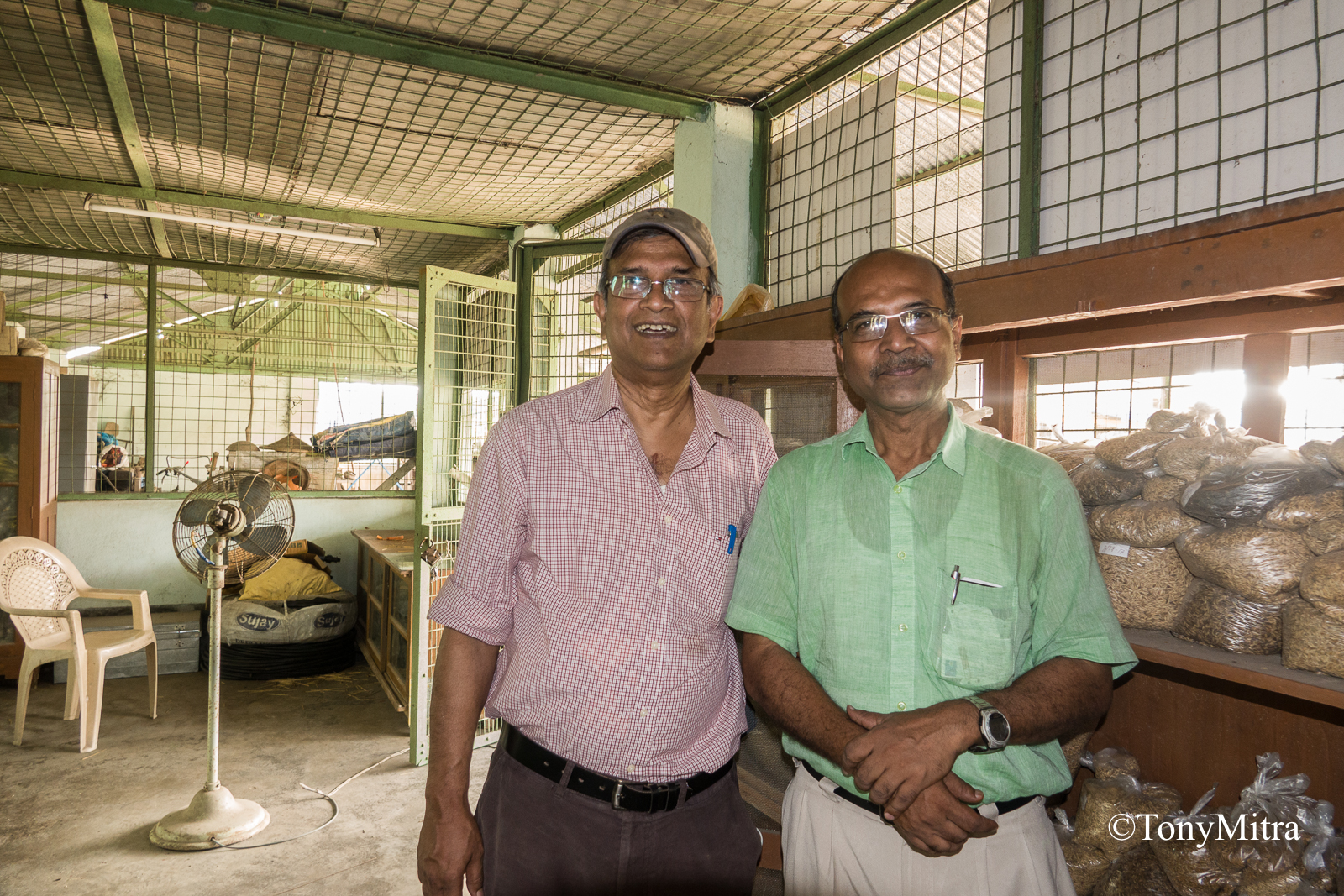There are groups and there are people that make a career out of badmouthing Monsanto. Some of them become pretty good at it, and attract a lot of following, and donations.
But, looking from afar, a critical thinker and the citizenry might like to verify if hanging out with and supporting such people and groups are helping or hurting the cause. Globally, GMOs are increasing and not decreasing. Further, people are more poisoned by glyphosate through non-GMO seeds than Roundup reading GMO seeds.
Take western talking heads that make videos standing under the famous Eifel tower and talk about the Delhi High-court verdict that denies Monsanto to patent genetic signature of GM crops like Bt Cotton. They gloat over it as it it is a great victory of the downtrodden brown and black people that have historically been colonized and abused and their culture destroyed by the white man’s greed. As if Monsanto is the embodiment of the British Empire and that the Delhi High-court has put a stop to this new age white man’s high-tech colonization. In actuality, the original patent stays, but Monsanto has been restricted to charge the original small royalty set by the Government for its seeds and is not allowed to increase royalty. Further, Monsanto is allowed patent rights to the original physical characteristics of the Bt. Cotton Seeds, and not its genetic blue-print. Thus, any number of Indian seed companies can now improve upon that original Bt. Cotton seed, make 30 new varieties, equally toxic and unwanted, of Bt. Cotton, have them patented and sell to an ever increasing number of Indian farmers, all toxic and all designed to be marketed in such a way that indigenous organic royalty free seed varieties go extinct, without having to pay any royalty to Monsanto. Farmers can then pay royalty to Indian seed companies, and be the land can then be poisoned more by by Indian corporations, and less by Monsanto. This is “progress”, according to these anti-GMO talking heads.
This might be bad for Monsanto’s goals of monopolizing all of India’s cotton market, it is even worse for India and Indians, who can now be sunk under an avalanche of runaway varieties of GM cotton (Bt Cotton), all legally, all approved by the Government and exposing Indian farms, people and ecology to this increased threat.
Above is my six minute rant on this.
And then these talking heads ask you for your money, so they can continue to do their business as usual spreading misguiding news and false flag cases, and trapping your money. You feel good as if you did something useful, while actually your money is used to ensure it can do nothing useful in resisting either GMO or glyphosate or toxicity in food and nature.
This is what controlled opposition does.

These talking heads and anti-GMO groups make a profession out of staying away from resisting glyphosate. Take India, for example. GMO patents are being discussed and fought in courts, but toxicity through glyphosate appears to be outside of the local radar, and reached even remote biodiverse eco systems at the foothills of the Himalayas and tiny rubber plantations. Also, a huge amount of toxic lentils, pulses and chickpea are imported from countries that are the producers of the most toxic foods on earth. Nobody tests foods for glyphosate here and folks have no idea what glyphosate can do or how much of it is already in their daal.

I believe, people are better off staying away from such talking heads, saving them money and spend their time, and energy against politicians, not Monsanto, because it is the politician that is betraying the people’s trust by allowing agro-corporations to poison the people, and because it is the politician whose employment, or unemployment, should be in your hands.
Stop listening to the controlled opposition. Stop barking up the wrong tree. And learn to confront your political representative, setting her or his feet to the fire about testing local food for glyphosate, and for voting to protect your food from toxic poisons that benefit agrochemical industries.








